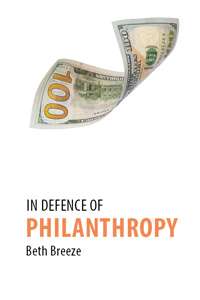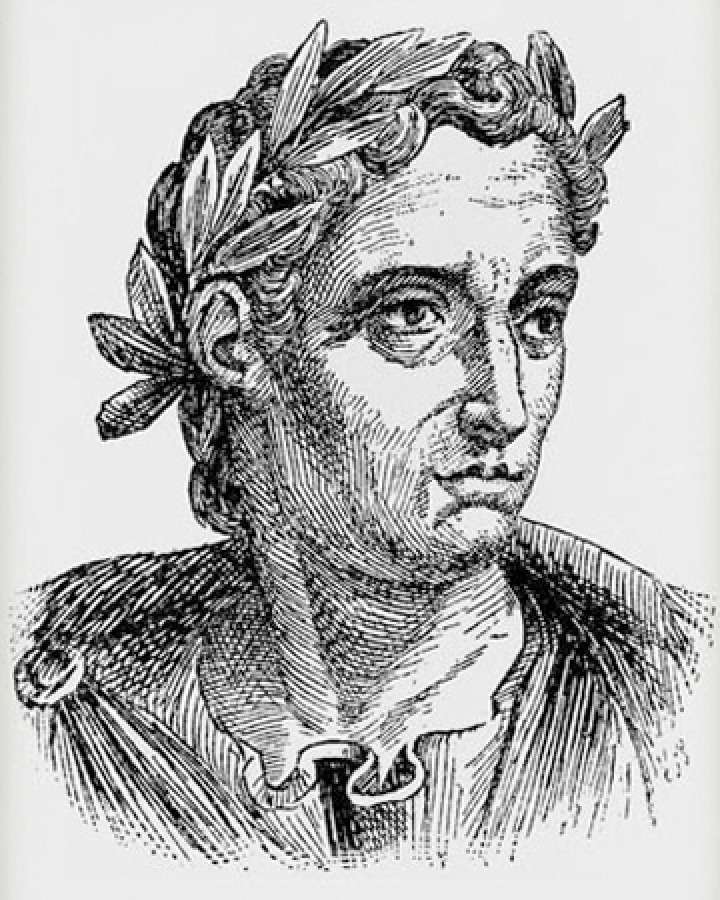Over the last few weeks, I have had personal conversations with two individual major donors who both identified the same challenge: though they give with compassion, diligence and care, both had recently been made to feel their giving was inadequate in light of changing grantmaking practices.
I mention this not to discourage, but to highlight what can happen when management practices get out of step with our ability to measure (and therefore value) what works.
The problem is that best practice depends on the kind of donor you are.”
In recent years, the foundation sector has strengthened practices and standards of accessibility, participation, accountability, transparency and diversity. Most recently, the launch of the Foundation Practice Rating measures the quality of grantmaking according to 35 criteria of accountability, transparency and diversity.
These standards drive towards promoting best practices, especially by creating greater alignment between the fundraising organisations that drive social change and the practices of the funding sector. This is an excellent goal.
The problem is that best practice depends on the kind of donor you are. Different funders adopt different strategies to maximise their philanthropic resources.
Individual donors and small family foundations rarely have websites that are actively maintained because they would rather spend their money on the causes they care about than on communications.
Many are drawn to trust-based giving practices because they want to work closely with a small number of organisations rather than soliciting applications (which are open and transparent, but also create work for charities that may come to nothing if the application cannot be funded). Their policies will reflect the kind of funder they are.
Questions around best practice have come to the fore in the wake of Covid and the aftermath of George Floyd’s murder in the US. Both shone a harsh light on the inequities in our society, including the failure of certain grantmaking practices to tackle those inequities proactively – and the consequent tacit maintenance of the status quo.
If you want social equity – or fairness – funders have to go the extra mile.”
Grant funders have come to acknowledge that equality and equity are not the same: you can treat people (and organisations) equally but still not get equal outcomes because of systemic and structural barriers. If you want social equity – or fairness – funders have to go the extra mile.
Those with fewer resources or less capacity may choose a lighter touch, or a different path altogether, but does that negate their actions toward a more equitable society? In the absence of a measurement yardstick, can we say for sure that the work of any one donor is better or worse than another?
If social equity is the sine qua non of the funding community, then it needs a common measurement framework around which to align its practices.
Currently, we seem to be moving in a different direction: managing our way toward consistent best practices without deep understanding of the consequent gains, or the role played by different funders in a wider system.
To draw a parallel, the financial markets coalesce around the principle of financial risk. All investors want to make a financial return and they all do so by managing their exposure to risk. Some look for investments that are undervalued; others look for innovation and opportunity. These many strategies result in a thriving market where companies of all sizes and in all sectors can access capital.
If the goal of grant funders is to manage inequity to increase social returns, then it follows that we need to be able to measure what puts social equity at risk in order to understand the multitude of interventions that can mitigate it.
Better management should logically produce better outcomes, but by focusing our effort on standardising the practices of equitable funding and not the measurement of gains and losses in social equity, we run a very real risk of squeezing out a significant segment of funders whose essential complementarity in the system is neither fully understood nor valued.
By proactively managing inequity, we are very likely to generate higher social returns.”
As philanthropic funders, we may not be able to, or may not wish to, adopt standard management practices. What we can all do is bring an intentional awareness of inequity to our funding decisions, knowing that by proactively managing inequity, we are very likely to generate higher social returns.
This will hold even in fields where social justice is not the primary concern. Environmental funders, for example, would become more conscious of the impacts of climate change and environmental degradation on the most disadvantaged. Arts and culture funders would become more aware of the community outreach of the organisations they support, and so on.
Embedding a social equity lens into all funding practice will increase the opportunities for measurement of social gains, from which learnings about best practices can be developed – ideally in ways that are relevant and proportionate to funders and the organisations they support.



